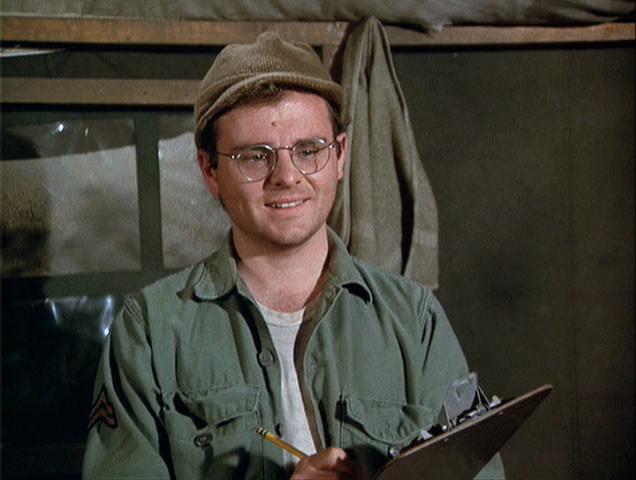
As reported in Popular Mechanics last week, Chinese state media recently announced that a Chinese defense contractor has developed the world’s first quantum radar system. Derived from the principles of quantum mechanics, quantum radar would be capable of detecting vehicles equipped with so-called “stealth” technology for defeating conventional radio-wave based radar systems.
The Chinese claim should be taken with a large grain of salt. It is not clear that a functional quantum radar can be made to work outside a laboratory, much less adapted into a functional surveillance system. Lockheed Martin patented a quantum radar design in 2008, but nothing more has been heard about it publicly.
However, the history of military innovation has demonstrated that every technological advance has eventually resulted in a counter, either through competing weapons development or by the adoption of strategies or tactics to minimize the impact of the new capabilities. The United States has invested hundreds of billions of dollars in air and naval stealth capabilities and built its current and future strategies and tactics around its effectiveness. Much of the value of this investment could be wiped out with a single technological breakthrough by its potential adversaries.
The basic assumption behind the Third Offset Strategy is that the U.S. can innovate and adopt technological capabilities fast enough to maintain or even expand its current military superiority. Does the U.S. really have enough of a scientific and technological development advantage over its rivals to validate this assumption?

Well there are two theories: The assymetry will increase or a consolidation of warfare will occur (most likely).
The NATOs enemies do not possess a technological advantage, they usually rely on mass manufacturing existing methods (most often, conventional assets), copying/licensed builds, betrayal (ideologies), espionage and most significantly: Manpower and territory.
Occassionally however, they hold on to something the pioneers usually neglect or discard.
There are plenty of examples reaching from WW2 to the Cold War and the assymetrical contingencies of the 21st century.